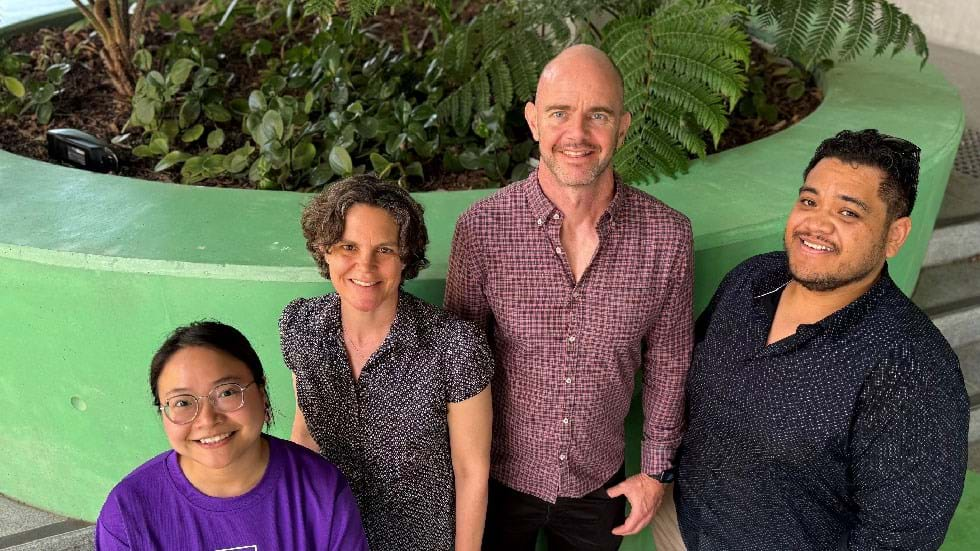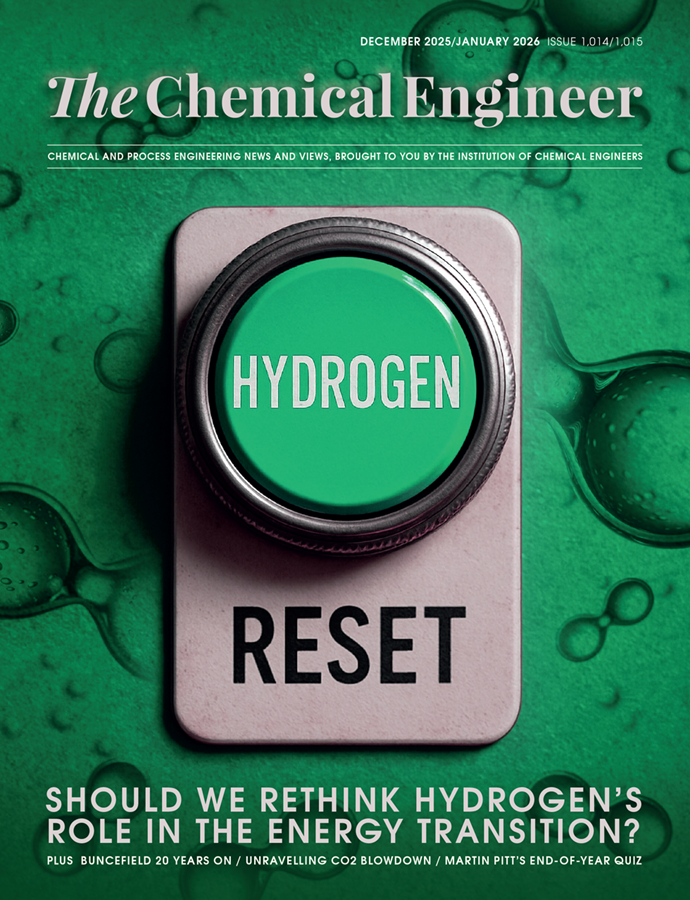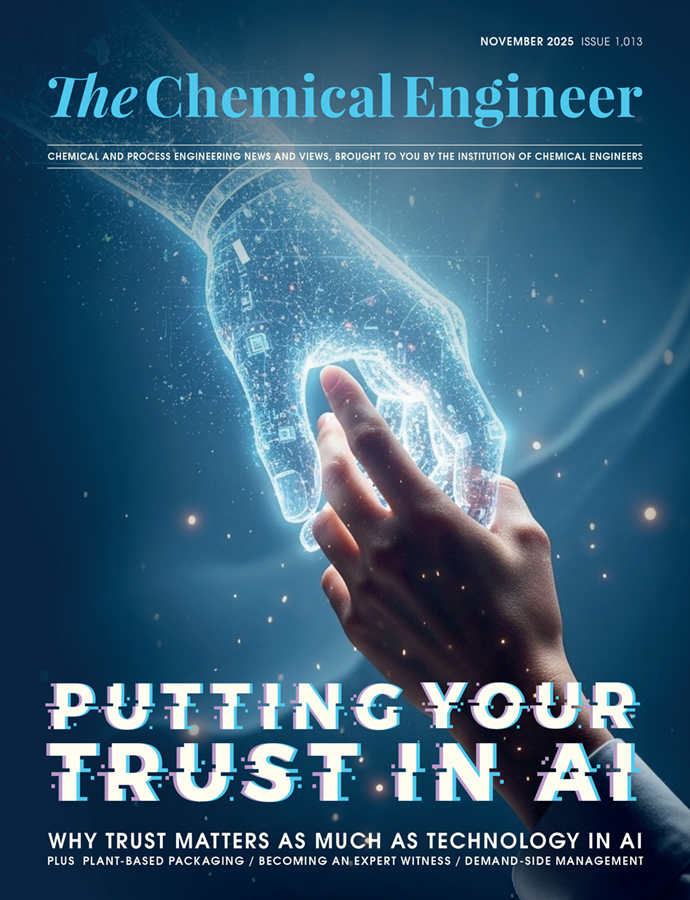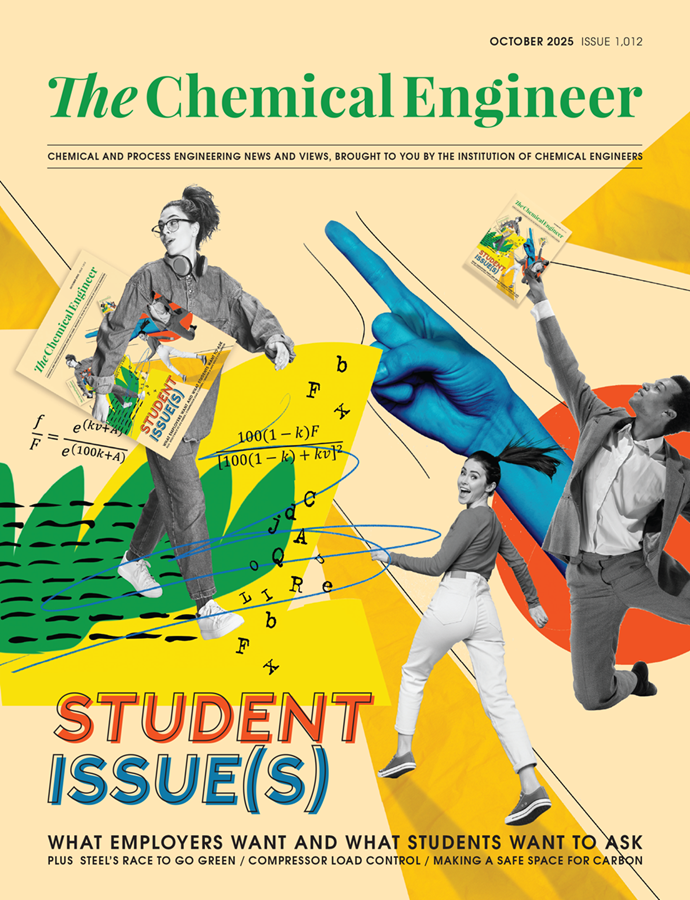Weaving the Threads of Effective Collaboration for Sustainable Development
University of Queensland colleagues share different cultural idioms for teamwork as a fresh lens for addressing global sustainability challenges, including the energy transition, plastics pollution and the UN SDGs
Quick read
- Collaboration is essential for sustainability: Addressing climate change depends on building trust and working effectively across cultures, disciplines and institutions
- Local wisdom teaches lasting collaboration: Cultural metaphors like Vietnam’s Kết tóc (braiding) and Tonga’s lalanga (weaving) highlight the patience and care needed for sustainable partnerships
- Integration creates resilience: Like strands in a braid, social, economic, and environmental goals are strongest when woven together, not developed in isolation
Learning collaboration in the field
For this reason, tertiary studies in sustainability-related fields often create cross-disciplinary networks within their cohorts, to build skills in working across traditional boundaries. The University of Queensland (UQ) Master of Sustainable Energy program, for example, uses field trips, in-class activities and alumni engagement to build long-term networks across disciplines and cultures. The authors of this article met during one such field trip earlier this year. Staff, students and guest lecturers travelled to Australia’s Great Barrier Reef to learn about the challenges of transition to renewable energy in remote locations.
Our group members comprised professionals from around the globe, spanning the disciplines of engineering, business, finance and environmental management. The tiny island we visited was less than 1 km in length, with two adjacent facilities: one powered by solar PV panels, the other by diesel generators. With limited battery storage and demand, the solar system output was constrained. The students explored how an interconnected power system might enable the rooftop solar to operate at full capacity. The result could include shared financial benefits between the two facilities, along with reduced diesel use and associated greenhouse gas emissions – particularly important at a time when climate change is placing coral reefs under severe threat.
Local idioms provide valuable imagery of how to work together to tackle global sustainability challenges
Yet this solution hadn’t been implemented. On sunny days, the output of the solar panels was capped by the inverter, while next door the diesel generator rumbled away to power the aircon. The reason? The two facilities had yet to agree on a coordinated course of action.
The challenge of collaboration
This is not a one-off example but demonstrates a major challenge to tackling climate change and other sustainability issues: building relationships and effective collaboration across boundaries. Staff turnover compounds the issue, as trust takes time to build and must account for each party’s unique social, environmental and economic context.
While the global scale of today’s sustainability challenges is new, the difficulty of working together is age-old, impacting communities from remote islands to the UN General Assembly. Reflecting on this universal challenge sparked conversations about how the skills needed to work for the common good are taught and expressed in different cultures.
Over our meals together, we shared some of the stories and metaphors used in our home countries to describe the process of building effective teamwork and collaboration. Reversing the idea of “think global, act local”, we found that local idioms offer powerful insights into addressing global sustainability challenges.
Kết tóc - braiding sustainable solutions
In Vietnamese, when talking about building long-term relationships, the analogy kết tóc - braiding hair - is used to describe the process of forming a bond strong and long enough to last a lifetime. To kết tóc is to build commitment: with patience and care, continuously, for a shared future. While this phrase traditionally refers to marriage, the core spirit can be extended to long-term collaboration for genuinely sustainable development. Braiding hair begins by dividing it into three equal sections, each made up of multiple strands. These sections are crossed repeatedly – left over middle, right over middle – until the braid becomes strong and flexible. Without care, the strands tangle and the process must restart. With rhythm and practice, the braid holds.
Sustainability projects are a kind of kết tóc: co-designed and co-created iteratively, building enduring relationships between communities, stakeholders and across generations,1 commencing at the ideation phase with deep respect for local knowledge and conditions. Sustainable development, much like a braid, integrates three distinct sections – social, economic and environmental – each composed of many individual components, like strands of hair.
Whether considering shared resources and energy use demands on a small island or across the globe, sustainable development cannot be achieved in silos. Addressing any one of these sustainability pillars in isolation creates problems for the others, but “braiding” them together creates something both strong and flexible. For example, in sustainable energy projects, engineers may contribute technical solutions, while elders contribute place-based knowledge. Together, they iteratively design energy systems that are feasible, cost-effective, and socially accepted. Like braiding, collaboration demands patience, openness to feedback and a willingness to adapt – again and again.
Lalanga: weaving collaboration into sustainability
In Tonga, weaving a coconut basket (kato louniu) is more than a craft, it is a legacy passed down through generations, teaching how collaboration is built through patience, unity and care.
Weaving (lalanga) a kato louniu begins with selecting the right coconut tree. The tree should not be too tall, as that would make climbing difficult, nor too short, as it wouldn’t produce enough suitable coconut leaves. The leaves are chosen based on the basket’s purpose, then split to remain flexible yet strong.

When weaving, each strand is carefully threaded with precision to avoid damage. Drawing upon memory and knowledge passed down through generations, the basket slowly takes shape with each strand now interlaced and connected to carry weight and purpose.
Sustainable development is like weaving. It requires effort, patience and collaboration. Just as a basket is stronger than its individual strands, sustainable solutions emerge from integrating diverse strengths. Every stakeholder plays a role, ensuring no one is left behind. Like weaving, sustainable development draws on memory, experience and collective wisdom to meet the simple yet profound goal of living within Earth’s limits.
Local wisdom to inspire global action
The climate crisis can feel overwhelming: we face an urgent call to action but need to ensure “solutions” don't simply generate new problems. Local idioms like those illustrated above remind us that humanity has long recognised the combination of patience and capability required to co-create truly sustainable solutions. The ability to weave together the necessary knowledge, skills and perspectives from different disciplines, organisations, cultures and generations is the ultimate sustainability competency. Valuing, teaching and learning these skills, from both modern scientific knowledge and ancient stories, is essential for truly sustainable development.
Reference
1. KR O’Brien, EA Nastase & WC Dennison: The recipe for success in working across boundaries. Cell Reports Sustainability: bit.ly/cell-reports-sust-recipe
Recent Editions
Catch up on the latest news, views and jobs from The Chemical Engineer. Below are the four latest issues. View a wider selection of the archive from within the Magazine section of this site.




